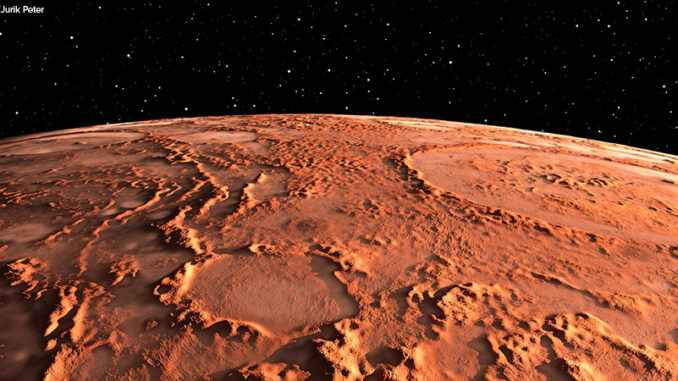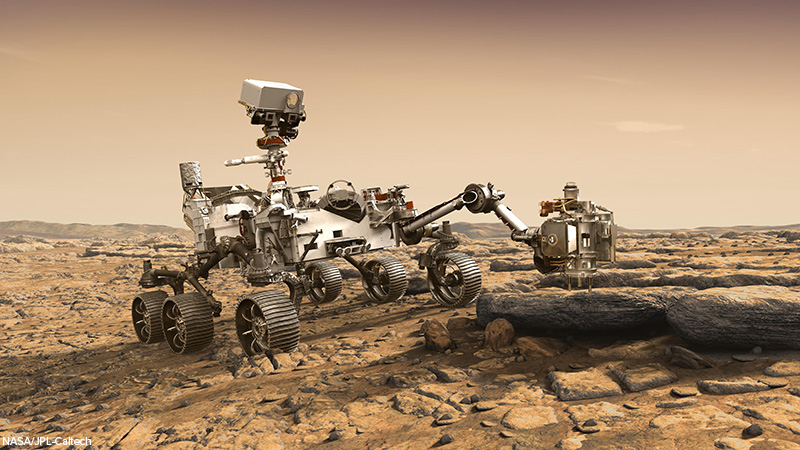
After travelling 470 million kilometers and spending nearly seven months in space, NASA’s Perseverance rover finally landed on Mars on February 18. This is the first NASA mission sent specifically to search for signs of past microbial life on the “Red Planet” since the 1970s. Here, btw takes a closer look at the specifics of the mission, including what the robot has discovered so far.
The Search for Life
Most of the rover’s work will be concentrated around Jezero Crater, where Perseverance landed. Jezero is a thirty-mile-wide crater that scientists believe was once a prehistoric lake fed by a river. At one end of the crater is a delta. Deltas on Earth contain rock and mineral deposits. Studying Jezero’s delta will reveal the evolution of the planet over time, the movement of water on its surface, and what organisms might once have lived there. Perseverance will spend about one Martian year (687 Earth days) exploring the Jezero Crater.

The process of picking up and storing Martian rocks and soil complicated. Perseverance has a seven-foot-long robotic arm that reaches out to collect the sample. The SUV-sized rover is also equipped with a special drill that can pull out chalk-sized sample cores of rock intact. All of this goes into a tube, and then a special rotating mechanism moves the tube back inside the rover. There the sample is photographed and sealed before it’s dropped off someplace safe to pick up later. Eventually, a retrieval mission will be sent out to get the samples and bring them back to Earth–but that may not be for another ten years or so.
In addition to looking for signs of past life on the planet, Perseverance will also be studying opportunities for future life on Mars by testing how future scientists could produce oxygen and carbon dioxide to make breathing there possible.
Perseverance and Ingenuity
This Mars mission also features a second vehicle named Ingenuity. This drone helicopter is the size of a small dog. The drone has two important jobs. First, it will take color photos to send back to Earth. And second, it will demonstrate what powered flight is like in Mars’ atmosphere. Mars has only one-third the gravity of Earth, but its atmosphere is also 99 percent less dense than ours. This makes it difficult for liftoff to occur.
Capturing the Earth’s Imagination
Perseverance is equipped with 23 different cameras. Already, the rover has sent back high-definition, 360-degree panoramas of the Red Planet’s surface. Thousands more images have also been sent back to the Jet Propulsion Laboratory (JPL) in Southern California, with more than 5,600 raw images available now on the public archive.
